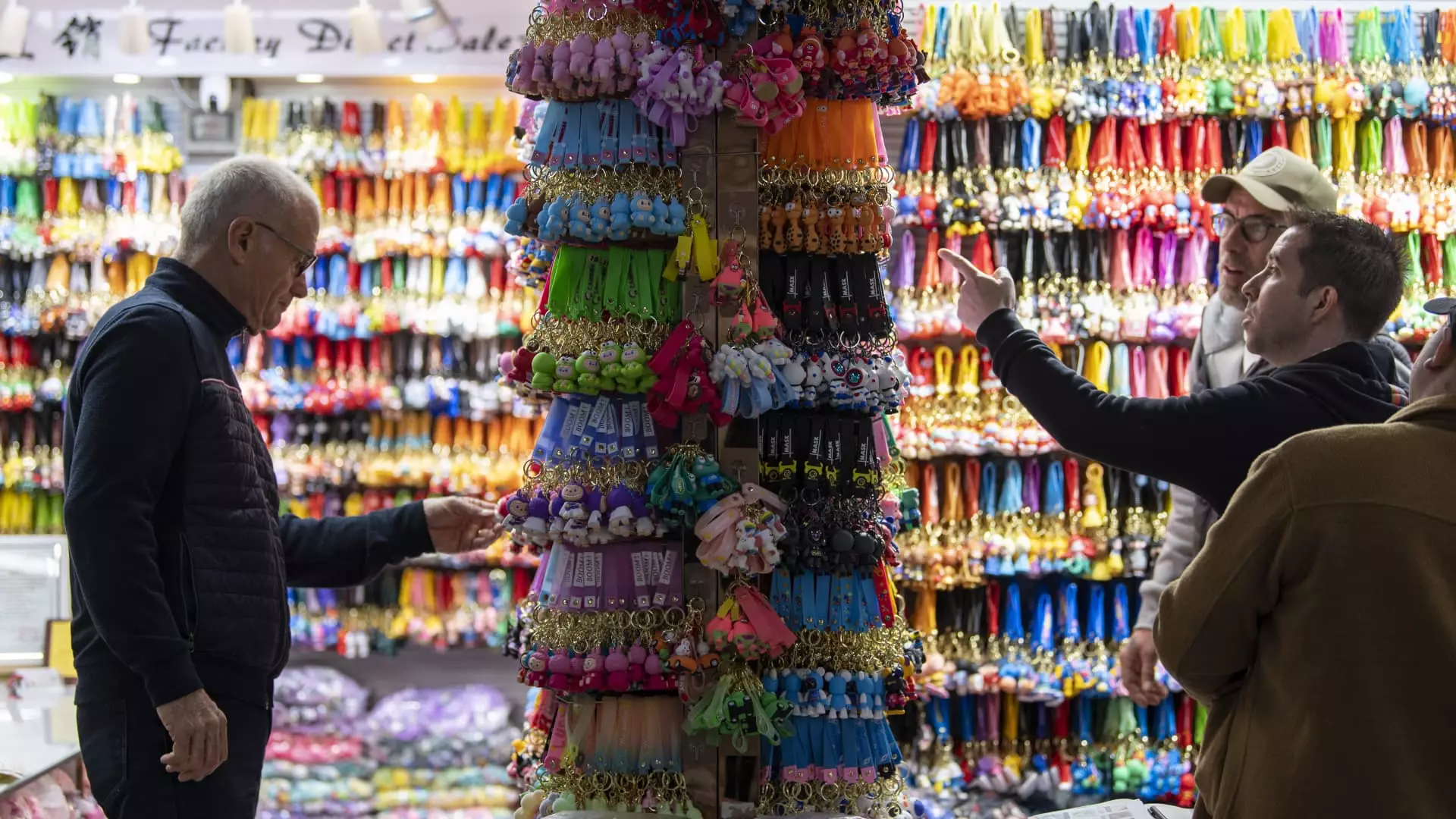In the relentless pursuit of profit, the holiday season seems to arrive earlier with each passing year. Retailers have adopted the disturbing trend of “Christmas creep,” flooding shelves with festive merchandise before Halloween has had a chance to gather dust. This early bombardment of tinsel and ornaments is a calculated move designed to maximize profits during this pivotal retail period. However, lurking beneath the merry facade is an insidious threat: tariffs, which have the potential to turn a season of joy into a logistical nightmare. As businesses prepare for the holidays, these obstacles could interrupt not just the magic of Christmas, but also the economic health of many.
The Tariff Grinch
The whimsical spirit of holiday shopping is confronting an unwelcome Grinch in the form of punitive tariffs, particularly those imposed on imports from China. When President Trump sprang a 34% tariff on Chinese goods, which later escalated to a staggering 145%, U.S. retailers felt the grave consequences. A flurry of uncertainty gripped the industry as companies halted orders, cognizant of the potential financial fallout. This drastic step effectively brought production lines to a standstill in many factories that serve as the backbone of these crucial supply chains.
As retailers grapple with the looming specter of tariffs, the crux of the issue lies in the precariousness of supply chains. Cameron Johnson, a senior partner at Tidalwave Solutions, succinctly captured the dilemma when he urged businesses to make production decisions quickly—before they miss critical holiday deadlines. Christmas and Black Friday wait for no one, and as the clock ticks down, the urgency mounts.
Complex Supply Chains Under Siege
Understanding the intricacies of supply chains is essential for grasping how tariffs impact Christmas readiness. A factory producing spoons doesn’t just stop at spoon production; its operations affect every link in the supply chain, from steel suppliers to the iron ore smelters. The tariffs may have birthed a sense of short-term panic, halting orders and leading to a ripple effect across industries—forcing businesses into a balancing act where one misstep could jeopardize Christmas inventory.
The reality is stark: for over 36% of U.S. imports from China, finding alternative sources is not a feasible overnight solution. A significant percentage of these goods depend solely on Chinese production. For electronic products, for instance, the lead time extends to approximately six months, meaning that orders should have commenced as early as March to meet U.S. demands. As far as holiday preparation is concerned, the stakes are incredibly high, with businesses at the mercy of the complex logistics intertwined with tariffs.
Waiting for Relief That May Never Come
The specter of retaliatory tariffs has heightened anxiety levels among suppliers and retailers alike. Economic forecasting has transformed into an exercise in uncertainty, as many U.S. buyers put new orders on hold, hoping for favorable tariff adjustments that may not materialize. While there have been reports of certain U.S. goods receiving temporary exemptions, this remains a precarious state of affairs. Waiting for tariff reductions before proceeding with orders only prolongs the chaos.
Even those businesses who are willing to gamble on partial orders are caught in a bind. While some factories have resumed production, others are anticipating that a fresh influx of orders will culminate in heightened costs and delays in getting products to market. The risk of rushing production—an apparent solution to avoid empty shelves—might inadvertently cause factory systems to become overwhelmed, resulting in a potential spike in shipping costs.
The Economic Stakes Behind the Holiday Cheer
As we approach the festive season, the economic ramifications extend well beyond the realm of convenience store merchandise. Tariff-induced delays have the potential to strain not only the bottom lines of retailers and suppliers but also those of consumers. Higher costs often translate to increased retail prices, which could dampen consumer spending during one of the most lucrative shopping periods of the year. This is a classic example of how governmental decisions can reverberate through the economy, impacting not only corporate profit margins but also household budgets and employment.
As retailers forge ahead, some are faced with a harsh reality: every day that passes without concrete action towards tariff resolution reflects a step closer to Christmas displaying fewer gifts, toys, and electronics. This season, the spirit of giving could very well be overshadowed by the stark realities of a politicized economy and the demons of Christmas creep. In a world where profits trump holiday magic, consumers and retailers alike face an imminent discharge of consequences that could forever alter the way we perceive Christmas.

